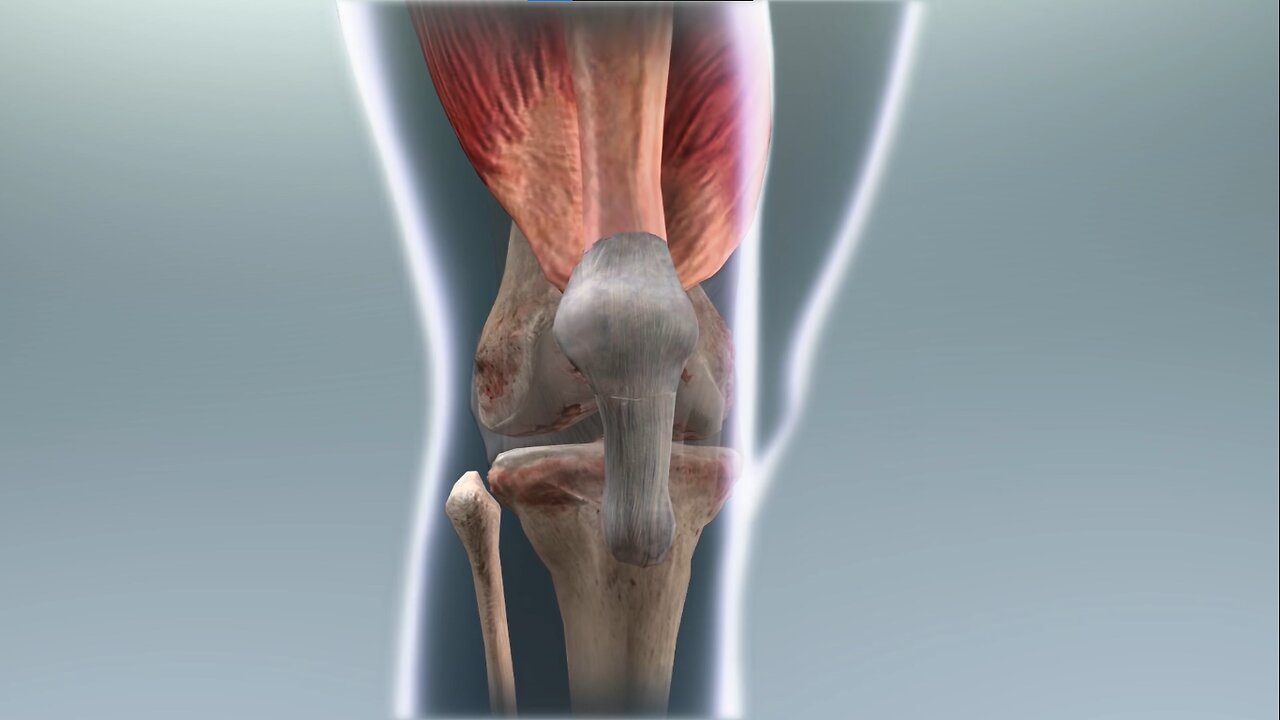Premium Only Content

Torn meniscus part 3 knee anatomy - human body anatomy
torn_meniscus_03_torn_meniscus
===
[00:00:00] Hello, my name is Dr. Paul Burke, and I'm a physical therapist with nearly 20 years of experience with orthopedic and sports related injuries. Today I'll be talking to you about meniscus injuries. Meniscus tears can occur as a result of an acute injury or a degenerative process associated with aging.
The most common acute injuries involve either a twisting injury and or rapid change in direction with a foot planted on the ground or direct contact from an external force. Meniscus injuries may be classified in several different ways. One way to classify a meniscus tear is based on the severity of tear and includes qualifiers such as, Moderate or severe.
Alternatively, classification can be based on the location of the tear. Peripheral tears are associated with a rich vascularity and a good healing potential. Central tears are associated with a poor vascularity and healing potential. Finally, meniscus tears can [00:01:00] also be classified based on their orientation.
Examples are vertical, radial, horizontal o. Or complex, which is a combination of previously mentioned types of tears. The associated symptoms of a meniscus injury vary depending on the severity, location, and orientation of the injury, as well as the presence of any associated intraarticular problems. A common symptom presentation may include pain, which is aggravated during weightbearing activities, as well as swelling that may lead to knee stiffness and loss of motion with bending or terminal extens.
In addition, during more severe meniscus tears, patients may experience catching, locking, or giving way. Injury to the meniscus leads to a disruption of anatomy and its inherent function. Since the integrity of the anatomy is altered, the function of the meniscus is disturbed and the anatomical [00:02:00] relationships are altered.
A meniscus injury may change the way a patient moves resulting in compensatory movement pattern. So that brings us to the end of our discussion today. Thanks for joining me.
-
 1:27:21
1:27:21
Game On!
10 hours ago $3.49 earnedGame 4 NBA Finals is One We Have NEVER Seen Before!
13.7K3 -
 LIVE
LIVE
DynastyXL
3 hours ago💥 DynastyXL Takes On Fortnite Super Season! High Energy, Big Plays & Full Chaos! Jump IN!
67 watching -
 23:16
23:16
Stephen Gardner
17 hours ago🚨BREAKING: DOGE EXPOSES NEW money laundering as Israel does MASS PsyOp on Iran!
43.7K130 -
 LIVE
LIVE
xBuRnTx
1 hour ago🔴 LIVE - Fortnite Solos | Chill Vibes
21 watching -
 LIVE
LIVE
Lofi Girl
2 years agolofi hip hop radio 📚 - beats to relax/study to
1,297 watching -
 LIVE
LIVE
FyrBorne
13 hours ago🔴Warzone Sniping: We're Twisted Fire Starters
197 watching -
 4:35:48
4:35:48
MyronGainesX
9 hours ago $13.91 earnedIsrael Under Attack By Iran...War Updates And MORE!
32.6K35 -
 14:05
14:05
Dr Disrespect
17 days agoDRDISRESPECT Takes Over BATTLEFRONT 2
36.8K9 -
 1:22:25
1:22:25
Flex011
3 hours ago $1.15 earnedFirst Time LIVE – Haunted, Hunted, and Losing My Mind (You’ll Scream Too)
24.8K1 -
 2:02:24
2:02:24
Side Scrollers Podcast
23 hours agoThe BIGGEST FLOP of 2025 | Side Scrollers Live
70.8K8